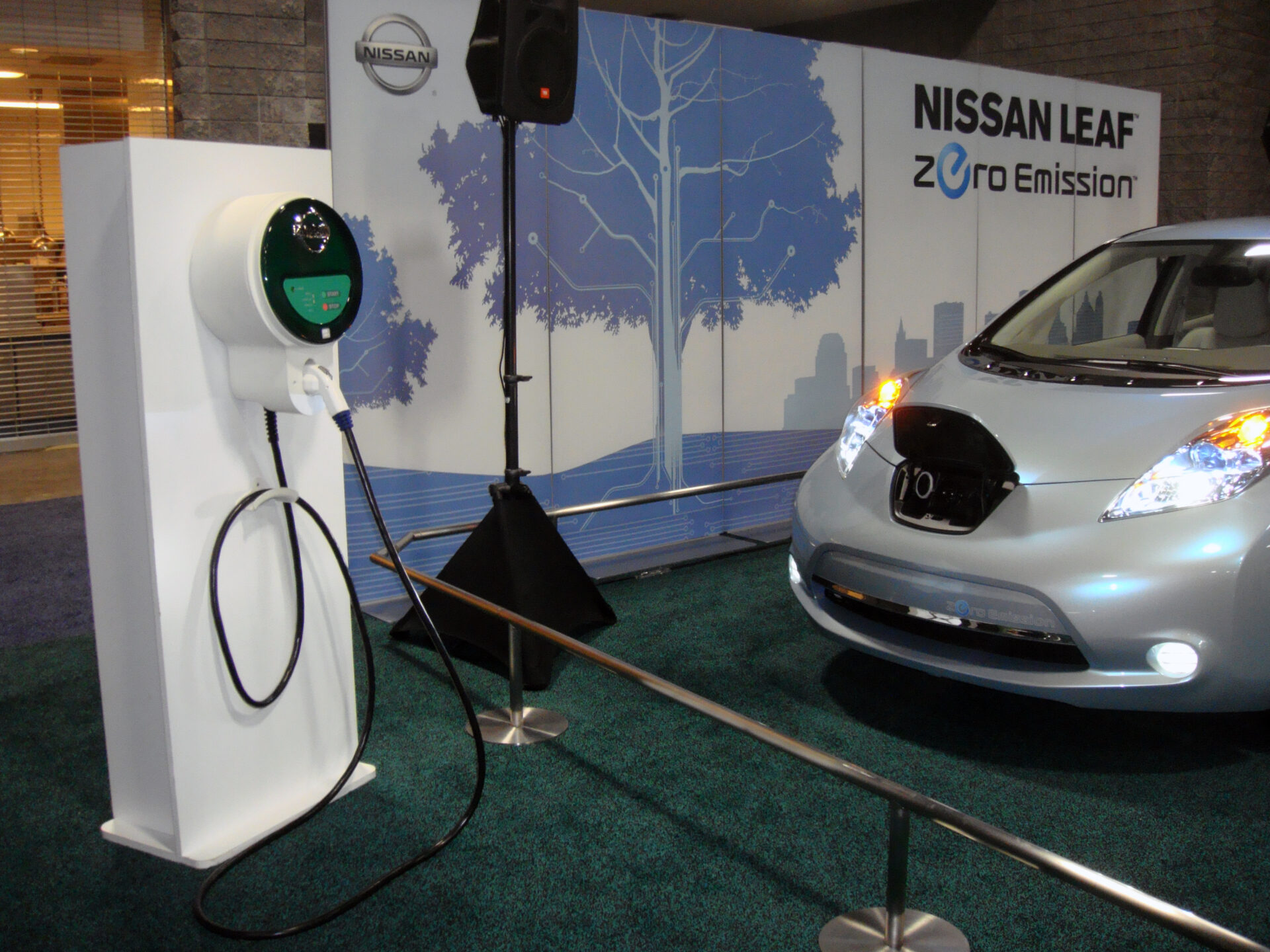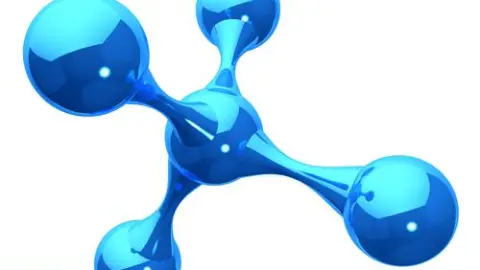We may witness a revolution in the way severe facial burns are treated as early as five years from now
Engineers and researchers at the University of Texas, Arlington in collaboration with military medical institutions aim to develop a mask that would use mechanical, electrical and biological components to speed up the healing process following severe facial burns. The flexible polymer face mold is to be fitted with sensors for the monitoring of the healing process. If necessary, embedded components would selectively administer the appropriate pharmaceuticals to the right section of the wound. The aim of the Biomask project is not only to prevent further disfigurement, but also to facilitate facial tissue regeneration in injured soldiers.
At the moment, facial burn treatment involves removing the damaged areas followed by grafting. This approach is effective, but it is far from perfect. Even if a graft is not rejected, complications such as scarring, speech problems and deformities are often unavoidable. Also, facial burns tend to be the most problematic to treat. While generating a vacuum through applying a polyethylene foam mold to the wound may aid the healing process, this technique can hardly be used for facial burns due to the face being topographically complex. Getting a proper seal is very challenging.
That said, some plastic surgeons have had moderate success with clear silicone masks that helped compress some burns slightly, which resulted in reduced scarring. The challenge now standing before Dr. Eileen Moss, leader of the UT Arlington team, is to develop a mask that would be based on the same principle while also tapping the wonders of tissue engineering and restorative medicine.
As the team is busy developing new prototypes, general research on wound healing processes is being handled by partnering institutions, including the U.S. Army Institute of Surgical Research at the Brooke Army Medical Center in San Antonio, and Northwestern University in Chicago.
Although the research is still in its early stages, the researchers already have a clear idea of what they want to achieve. The mask is to consist of a rigid external layer mounted on top of a flexible thin polymer patch. It would be just one possible implementation of what is called the BioCAST platform (or the Biological Conformal Apparatus for Skin Treatment platform). This particular type of BioCAST patch would be equipped with a unique set of embedded components, chosen specifically with facial burn treatment in mind.
Such components, developed with the use of microelectromechanical systems (MEMS) technology, would include sensors that collect information on the healing improvements of the different wound areas. This data would then be used to administer the right pharmaceuticals (anesthetics, stem cells and growth factors) through an intricate micro-system of reservoirs, valves and fluidic channels. Only a limited involvement of medical personnel would be required. This would greatly reduce the number of infections caused by the dressing not being changed often enough.
Bookmark this page for “miniature robots” and check back regularly as these articles update on a very frequent basis. The view is set to “news”. Try clicking on “video” and “2” for more articles.










